The War of 1812: When America Nearly Lost Its Northern Frontier
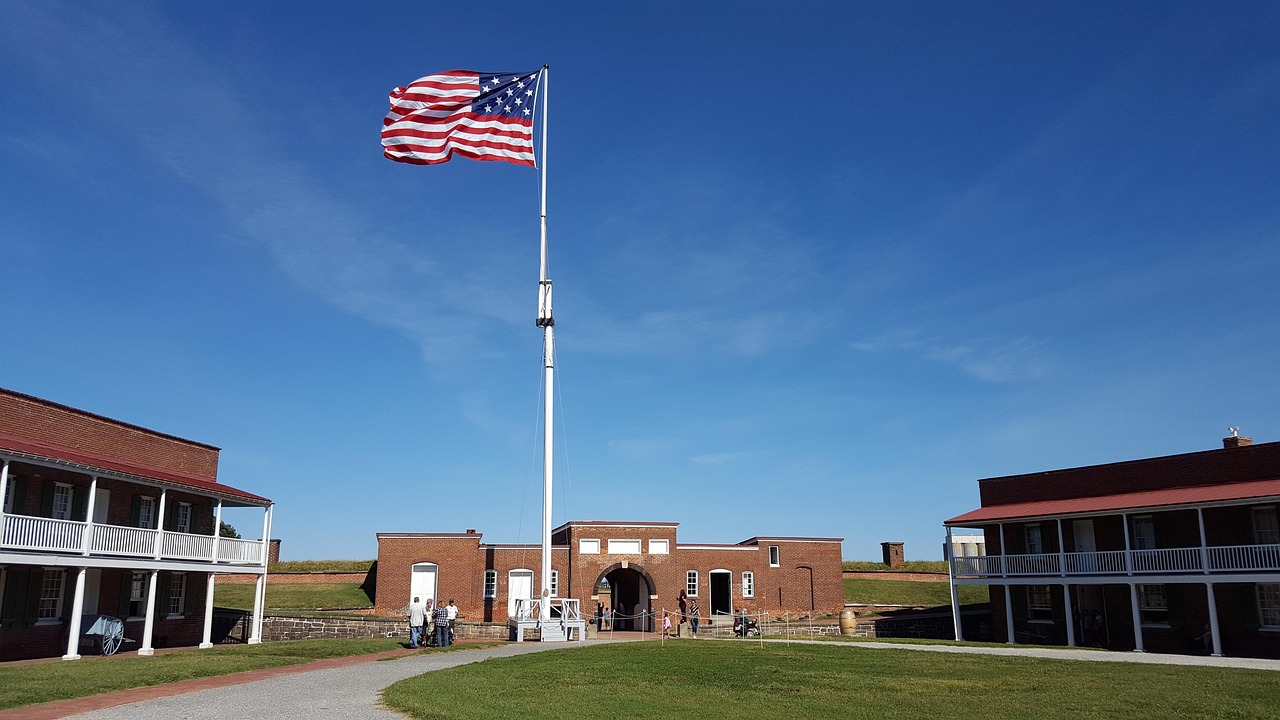
The War of 1812 almost erased the United States from the map entirely, yet most Americans barely remember it happened. British forces burned Washington D.C. to the ground, forcing President Madison to flee the capital in disgrace. The conflict redefined the northern border with Canada, establishing the 49th parallel as the boundary through the Treaty of Ghent in 1814. According to the National Archives, over 15,000 American soldiers died in this forgotten conflict that lasted from 1812 to 1815. The war’s outcome secured American independence for good and prevented British recolonization attempts. Without this victory, the entire Great Lakes region might still be flying the Union Jack today.
The Mexican-American War: How 525,000 Square Miles Changed Hands
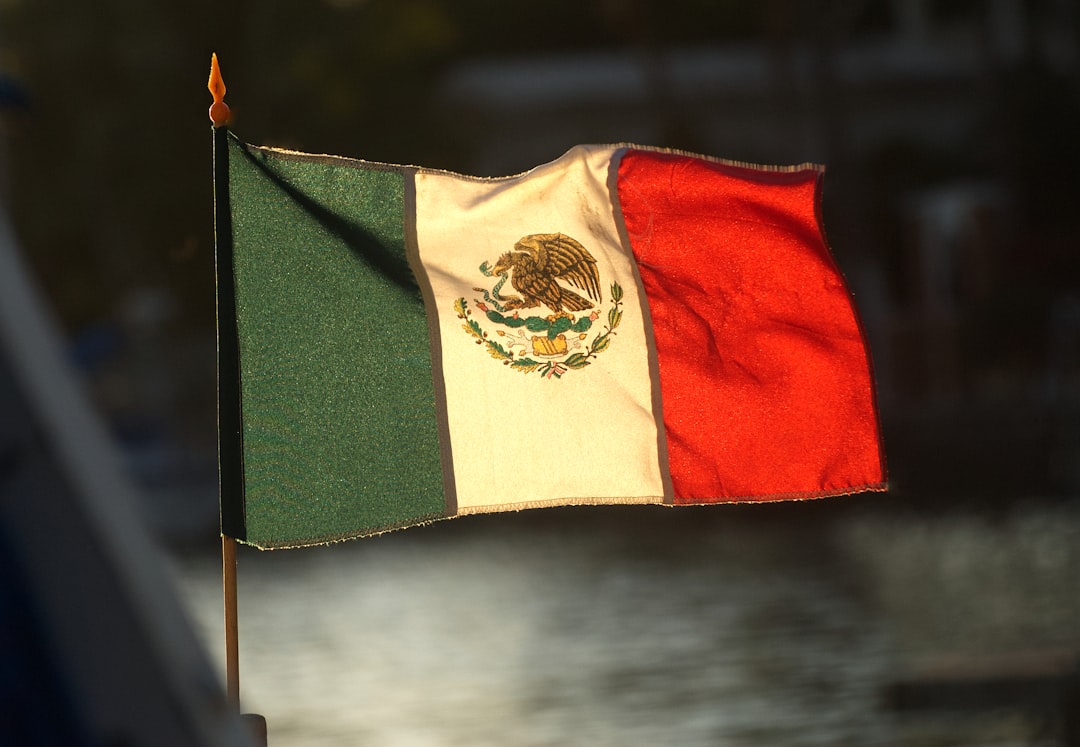
Between 1846 and 1848, the United States seized nearly half of Mexico’s territory in what historians call the most successful land grab in American history. The Treaty of Guadalupe Hidalgo forced Mexico to cede 525,000 square miles, including present-day California, Nevada, Utah, Arizona, and parts of Colorado, Wyoming, and New Mexico. Recent research from the University of Texas reveals that Mexico received only $15 million in compensation—roughly $28 per square mile in today’s currency. This war directly triggered the California Gold Rush of 1849, as the territory had barely been American soil for a year when gold was discovered. The conflict killed over 13,000 American soldiers, mostly from disease, according to Department of Defense records. The border established by this war remains virtually unchanged today, making it one of the most permanent territorial acquisitions in world history.
The Creek War: Alabama’s Bloody Birth Certificate
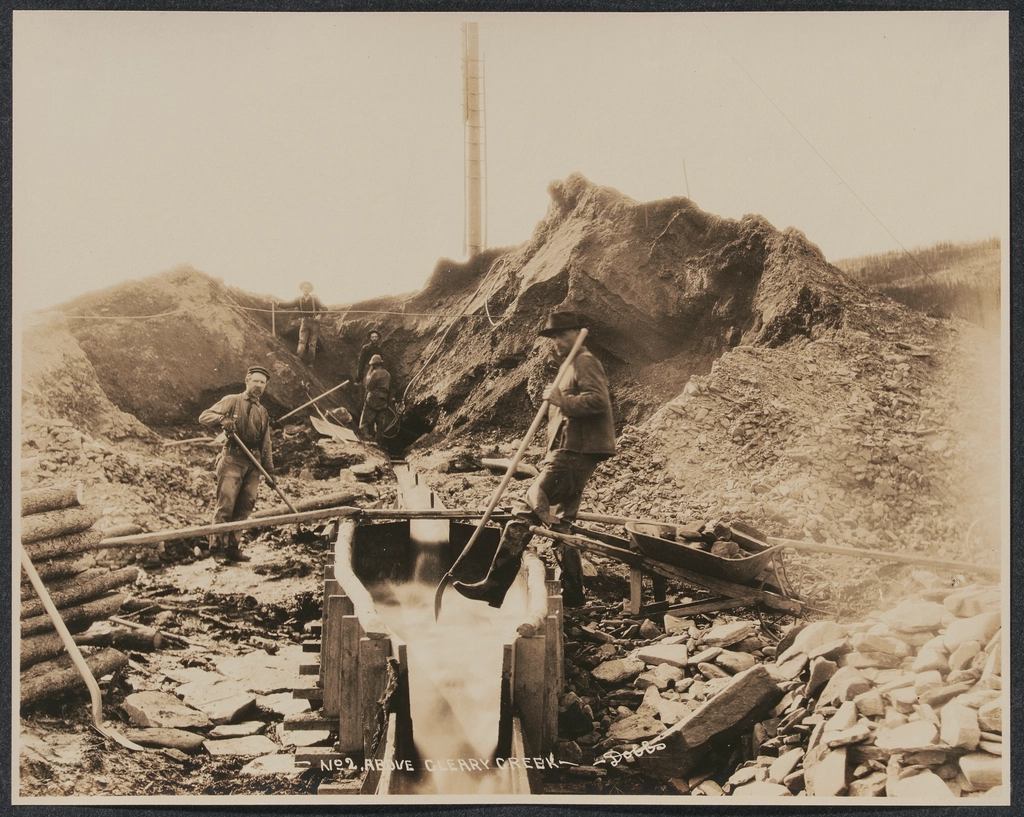
The Creek War of 1813-1814 opened 23 million acres of Native American land to white settlement, fundamentally reshaping the American Southeast. Andrew Jackson’s brutal campaign against the Creek Nation resulted in the Treaty of Fort Jackson, which ceded roughly 60% of Creek territory to the United States. Modern archaeological evidence from Auburn University shows that the Battle of Horseshoe Bend alone killed over 800 Creek warriors in a single day. This conflict directly enabled the creation of Alabama as a state in 1819, providing the cotton-growing territory that would fuel the antebellum economy. The war’s aftermath forced thousands of Creek families to relocate westward, previewing the larger Indian removal policies of the 1830s. Without this forgotten conflict, the entire history of American expansion into the Deep South would have unfolded differently.
The Spanish-American War: How 10 Weeks Created an Empire
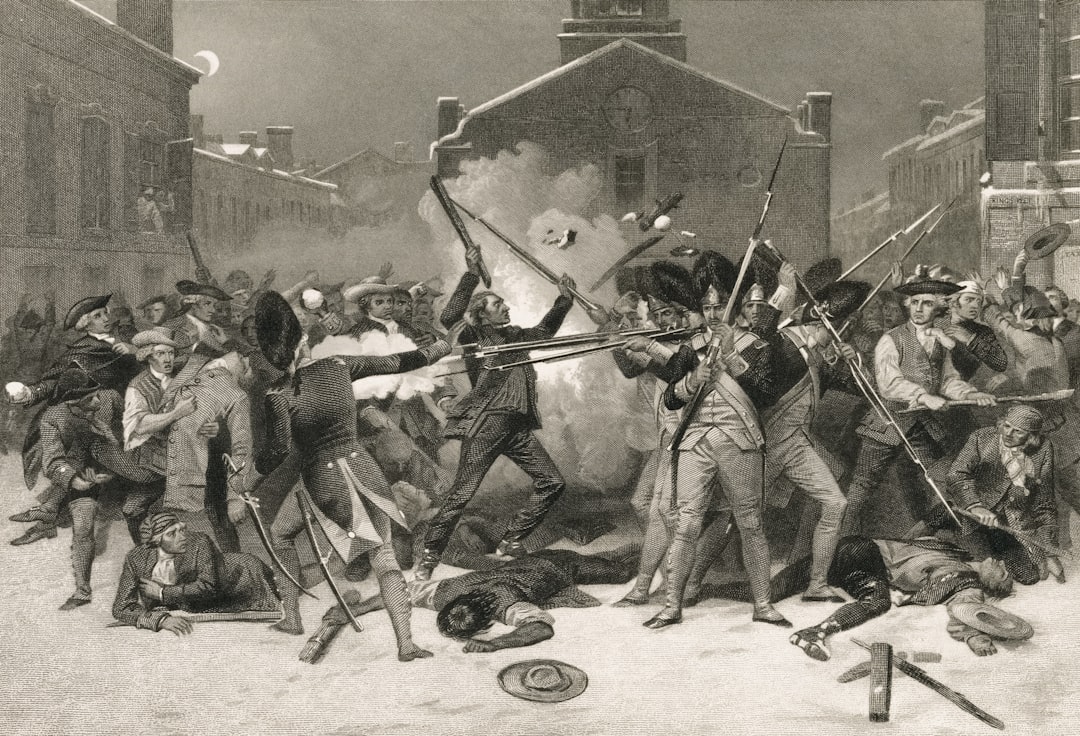
The Spanish-American War of 1898 lasted only 10 weeks but transformed America from a continental nation into a global empire overnight. The conflict resulted in the Treaty of Paris, which transferred Puerto Rico, Guam, and the Philippines to American control for $20 million. According to the National Museum of American History, the war cost 2,446 American lives, though only 379 died in combat—the rest succumbed to disease. The acquisition of the Philippines alone added 115,000 square miles to American territory, extending the nation’s borders across the Pacific Ocean for the first time. Recent State Department records show that Guam and Puerto Rico remain American territories today, making this 19th-century conflict still relevant to modern U.S. geography. The war’s outcome established America as a Pacific power, setting the stage for its role in World War II.
The First Seminole War: Florida’s Violent Annexation
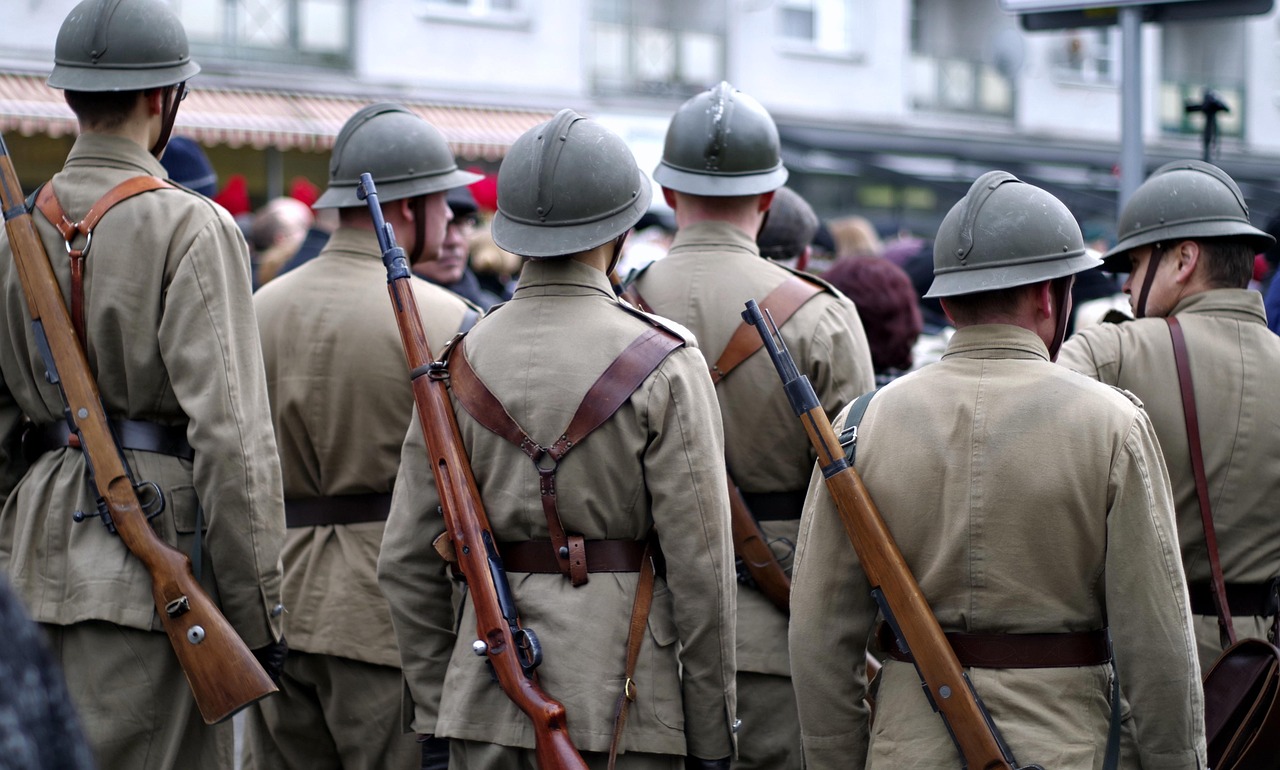
The First Seminole War of 1817-1818 was essentially an unauthorized invasion that Andrew Jackson conducted without presidential approval, yet it resulted in America acquiring Florida. Jackson’s army pursued Seminole warriors across the Spanish border, capturing two Spanish forts and executing two British citizens along the way. The diplomatic crisis forced Spain to choose between war with America or selling Florida, leading to the Adams-Onís Treaty of 1819. According to the Florida Historical Society, Spain received $5 million for the territory—not as payment, but as debt forgiveness for claims against Spanish colonial officials. The war displaced thousands of Seminole families and freed African Americans who had found refuge in Spanish Florida. This conflict added 65,755 square miles to the United States, making Florida the 27th state in 1845.
The Second Barbary War: America’s Forgotten Victory in the Mediterranean
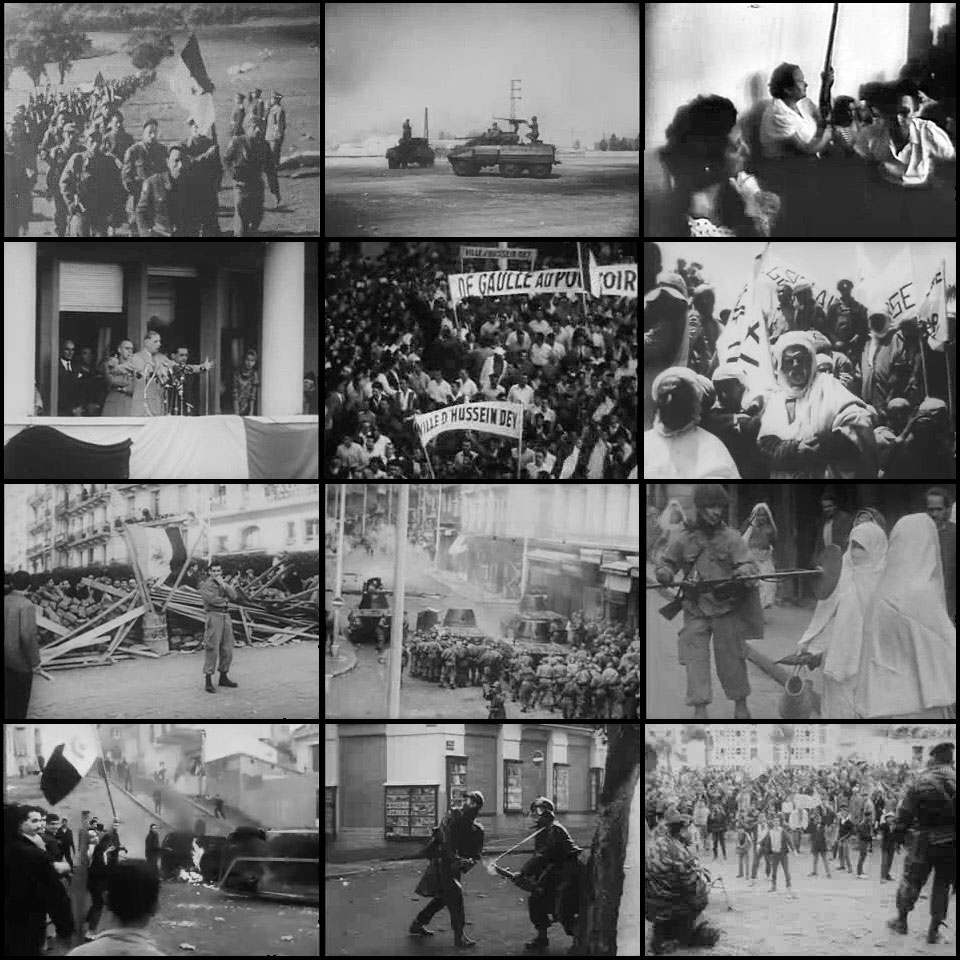
The Second Barbary War of 1815 rarely appears in American history books, yet it established the United States as a legitimate naval power in the Mediterranean Sea. Commodore Stephen Decatur’s squadron forced the Dey of Algiers to sign a treaty ending tribute payments and releasing American prisoners. The conflict lasted only three months but resulted in $10,000 in compensation for seized American ships, according to Naval History and Heritage Command records. This war effectively ended two centuries of North African piracy against American merchant vessels, opening Mediterranean trade routes that generated millions in revenue. The victory demonstrated American naval strength to European powers who had doubted the young nation’s ability to project force overseas. Without this forgotten conflict, American merchants might have continued paying tribute to Barbary pirates well into the 19th century.
The Black Hawk War: Wisconsin’s Brutal Beginning
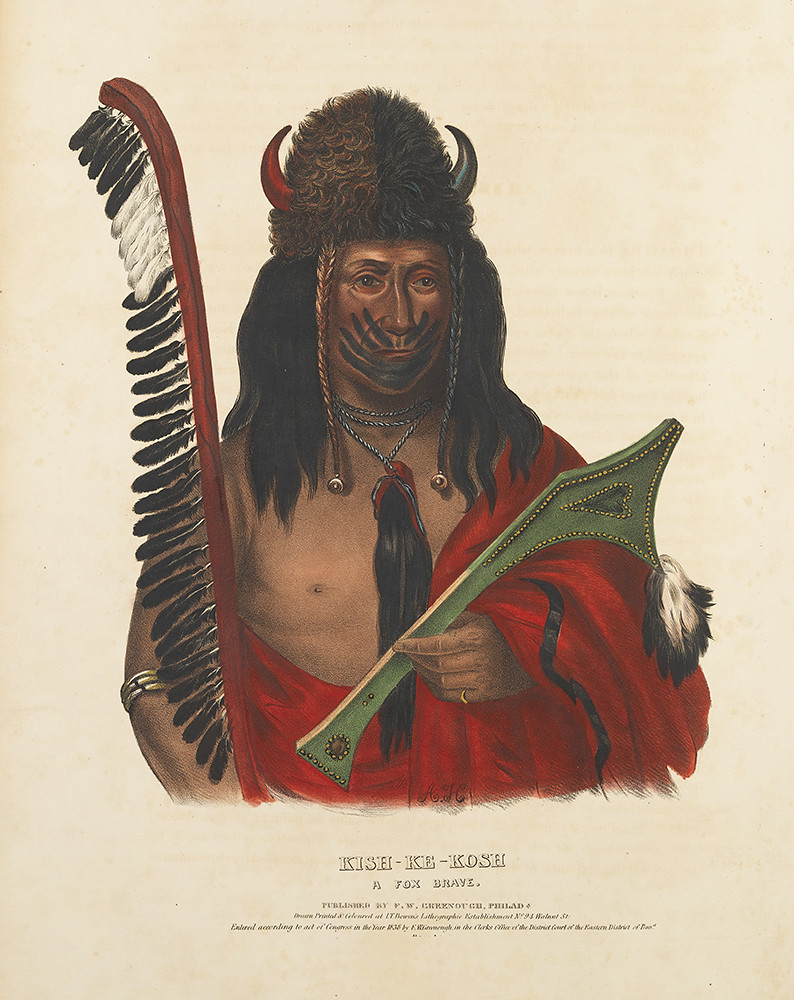
The Black Hawk War of 1832 opened Wisconsin and Illinois to massive white settlement while nearly exterminating the Sauk and Fox tribes. The conflict began when Chief Black Hawk led 1,000 Native Americans back across the Mississippi River to reclaim their ancestral lands in Illinois. Recent research from the Wisconsin Historical Society reveals that the war resulted in the deaths of over 600 Native Americans, including women and children massacred at the Bad Axe River. The conflict directly enabled Wisconsin’s statehood in 1848 by clearing Native American claims to the territory. Future President Abraham Lincoln served as a militia captain during this war, though he saw no combat action. The war’s aftermath forced the surviving Sauk and Fox tribes to relocate west of the Mississippi, opening 6 million acres to white settlement.
The Aroostook War: The Bloodless Border Dispute That Nearly Sparked World War
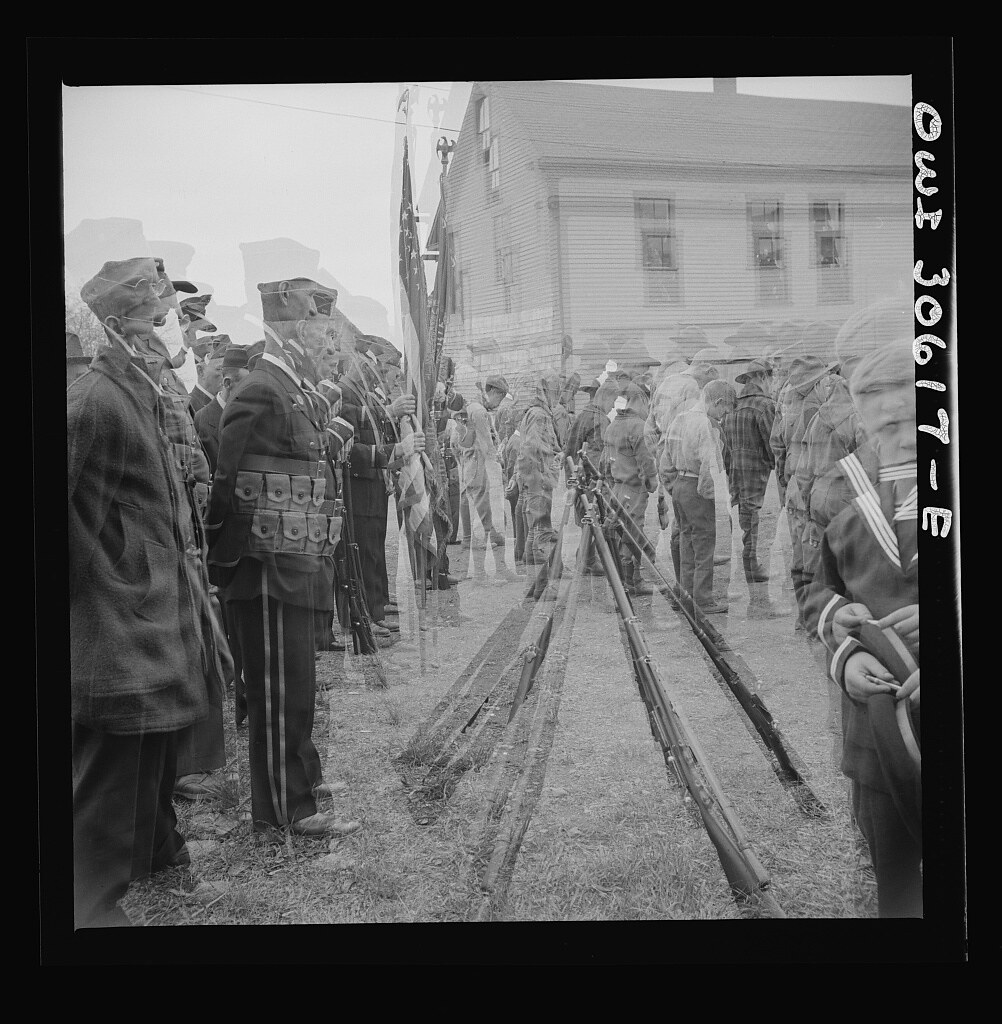
The Aroostook War of 1838-1839 between Maine and New Brunswick almost triggered a full-scale war between the United States and Britain over a strip of timber-rich territory. Despite its name, the “war” resulted in only one casualty—a Maine militiaman who was accidentally shot by a sentry. The Webster-Ashburton Treaty of 1842 resolved the dispute by giving Maine 7,015 square miles of the contested territory while Britain received 5,012 square miles. According to the Maine State Archives, the federal government compensated Maine with $150,000 for the territory it lost to Britain. The conflict demonstrated how quickly border disputes could escalate into international crises in the 1830s. This forgotten diplomatic crisis established the current border between Maine and New Brunswick, affecting lumber and trade routes that remain economically important today.
The Pig War: How One Dead Pig Nearly Started a War
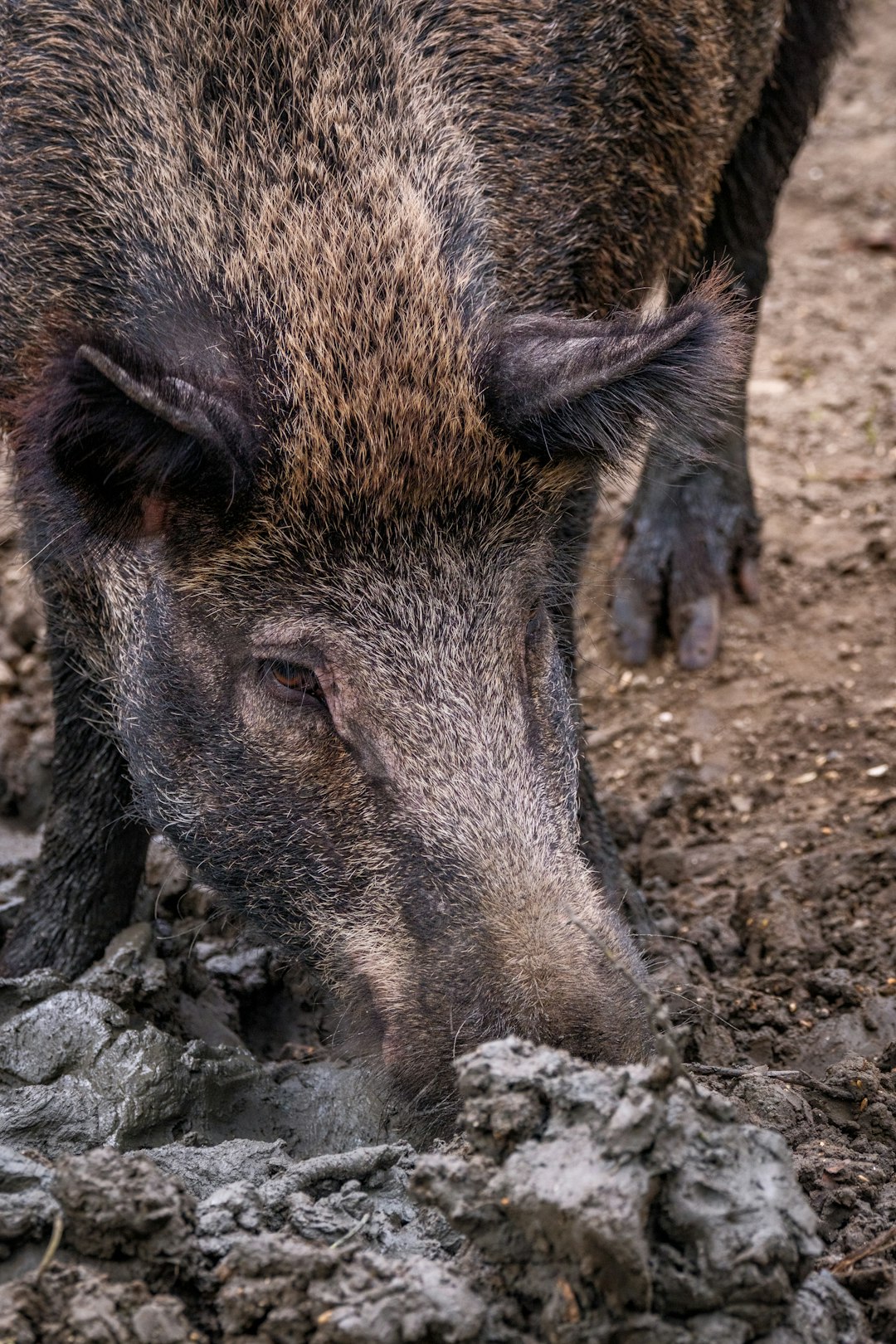
The Pig War of 1859 began when an American farmer shot a British pig on San Juan Island, escalating into a 12-year military standoff between the United States and Britain. Both nations deployed troops to the disputed island, with tensions reaching dangerous levels before cooler heads prevailed. The conflict remained bloodless except for the original pig, making it perhaps the most civilized territorial dispute in American history. According to the National Park Service, the crisis was resolved through German arbitration in 1871, which awarded the San Juan Islands to the United States. The dispute added 174 square miles to Washington Territory, including strategically important waterways in Puget Sound. This forgotten conflict demonstrates how even minor incidents could trigger major international crises in the 19th century.
The Utah War: When America Almost Fought Itself
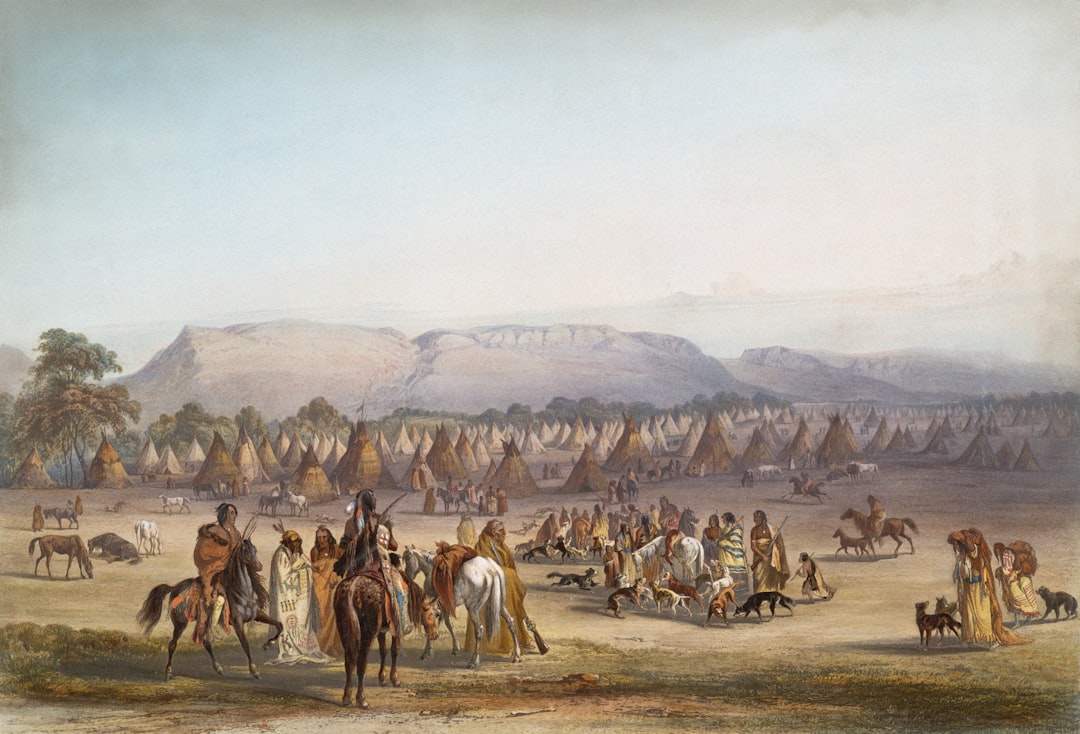
The Utah War of 1857-1858 saw the federal government deploy 2,500 troops against Mormon settlers in what nearly became a civil war seven years before the actual Civil War began. President James Buchanan declared Utah Territory in rebellion and dispatched the largest military expedition since the Mexican-American War. The conflict resulted in the Mountain Meadows Massacre, where Mormon militia killed 120 emigrants in a wagon train, according to recent forensic investigations by the University of Utah. Brigham Young’s forces burned Fort Bridger and harassed federal supply lines, forcing the army to winter in the harsh Wyoming Territory. The war ended with Young’s replacement as territorial governor and the acceptance of federal authority in Utah. This forgotten conflict cost the federal government over $15 million and demonstrated the limits of federal power in remote territories.
The Rogue River Wars: Oregon’s Forgotten Genocide
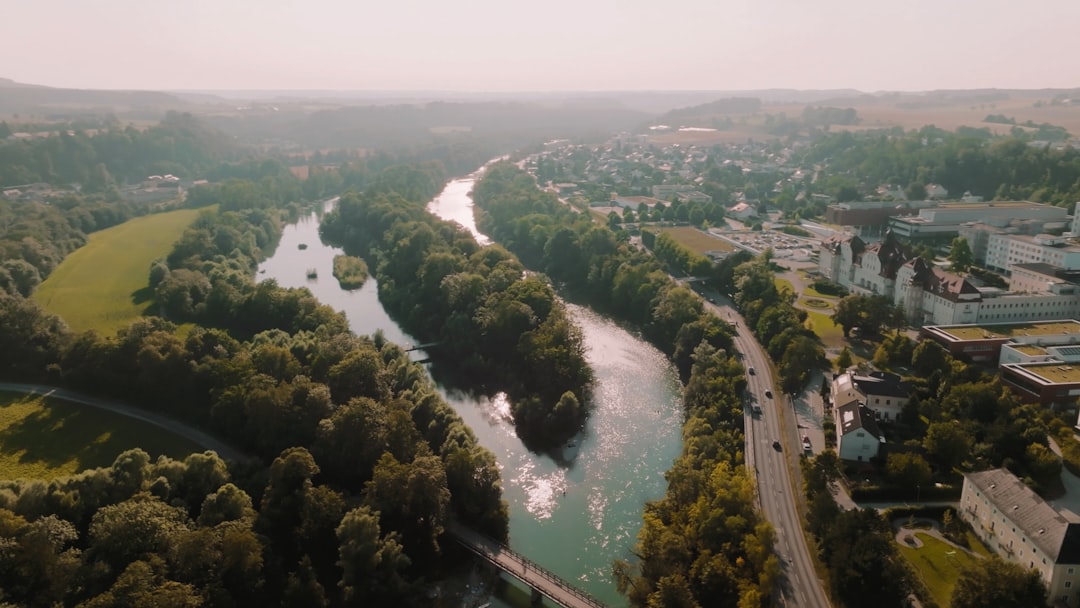
The Rogue River Wars of 1855-1856 in southern Oregon resulted in the near-complete extermination of the Rogue River tribes and opened gold-rich territory to white miners. The conflict began when miners discovered gold in Rogue River territory, leading to violent clashes with Native American tribes defending their homeland. According to the Oregon Historical Society, the war reduced the Rogue River population from over 3,000 to fewer than 300 survivors. The surviving tribes were forced onto reservations, opening 2.5 million acres of mineral-rich land to white settlement. The conflict generated over $2 million in gold production during its first year, funding further military expeditions against Native Americans. This forgotten war established the southern boundary of Oregon’s gold country and enabled the state’s mining boom of the 1860s.
The Yakima War: Washington’s Violent Expansion
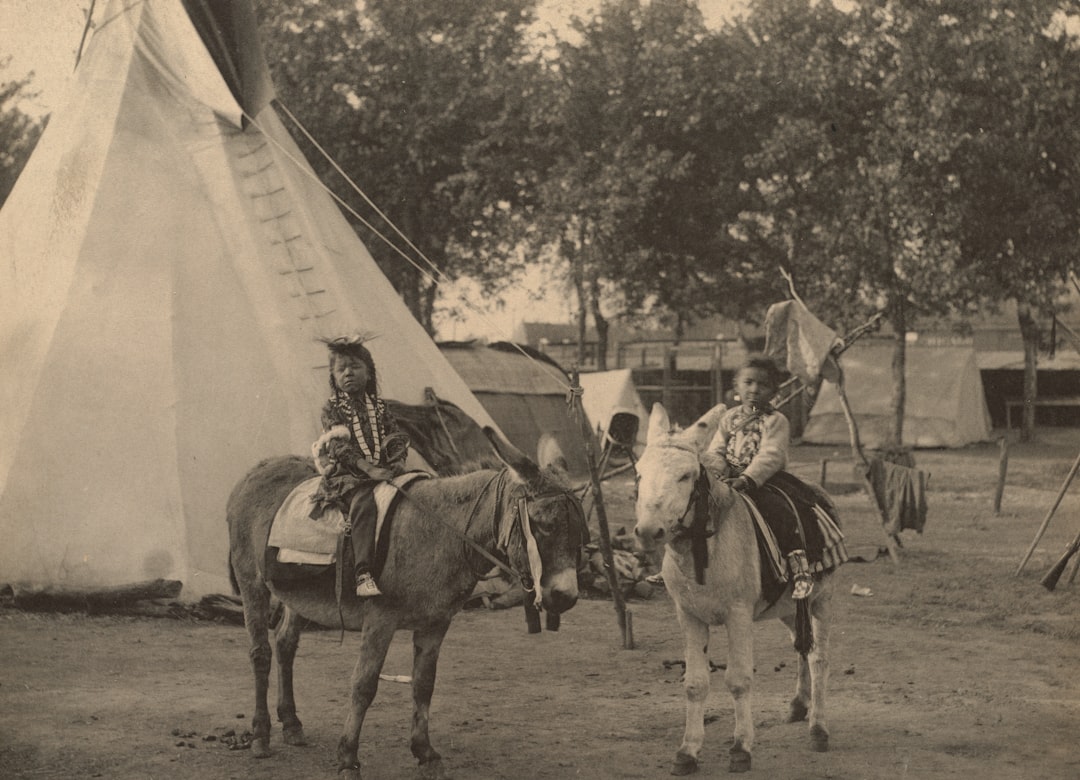
The Yakima War of 1855-1856 opened central Washington Territory to white settlement while crushing Native American resistance in the Pacific Northwest. The conflict began when Territorial Governor Isaac Stevens negotiated treaties that ceded 60,000 square miles of tribal land for $1.2 million spread over 20 years. Chief Kamiakin led a coalition of tribes against American expansion, resulting in battles that killed over 400 soldiers and civilians according to Washington State Historical Society records. The war directly enabled the completion of the Northern Pacific Railroad by clearing Native American claims to crucial mountain passes. American forces used scorched earth tactics, destroying Native American villages and food supplies to force surrender. The conflict’s resolution opened the Yakima Valley to agriculture, creating the foundation for Washington’s modern apple and wine industries.
The Conclusion: Borders Written in Blood
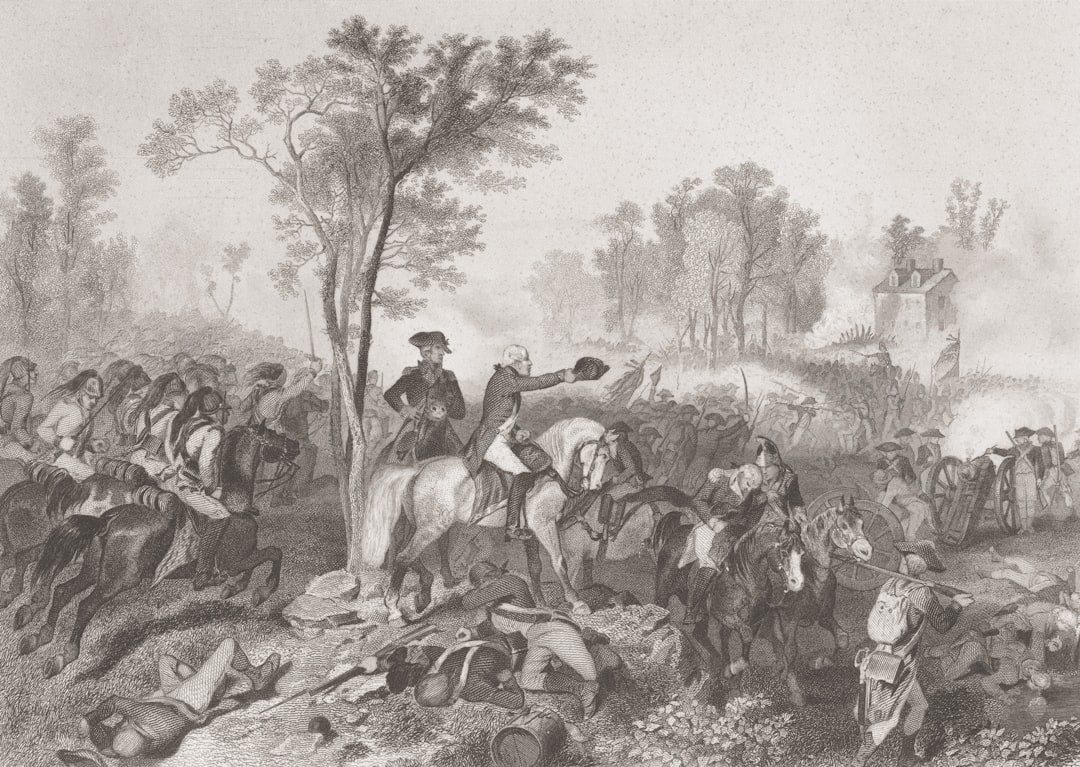
These forgotten conflicts shaped modern America’s borders more than any peace treaty or diplomatic negotiation ever could. From the Canadian border established in 1812 to the Pacific territories seized in 1898, military force determined where America’s boundaries would be drawn. The human cost of these territorial acquisitions—over 50,000 American deaths and countless Native American casualties—rarely appears in popular histories of westward expansion. Each conflict opened millions of acres to settlement, generated billions in economic activity, and displaced entire populations from their ancestral homes. The borders these wars created remain largely unchanged today, making these forgotten conflicts some of the most consequential in American history. What would America look like if just one of these wars had ended differently?



